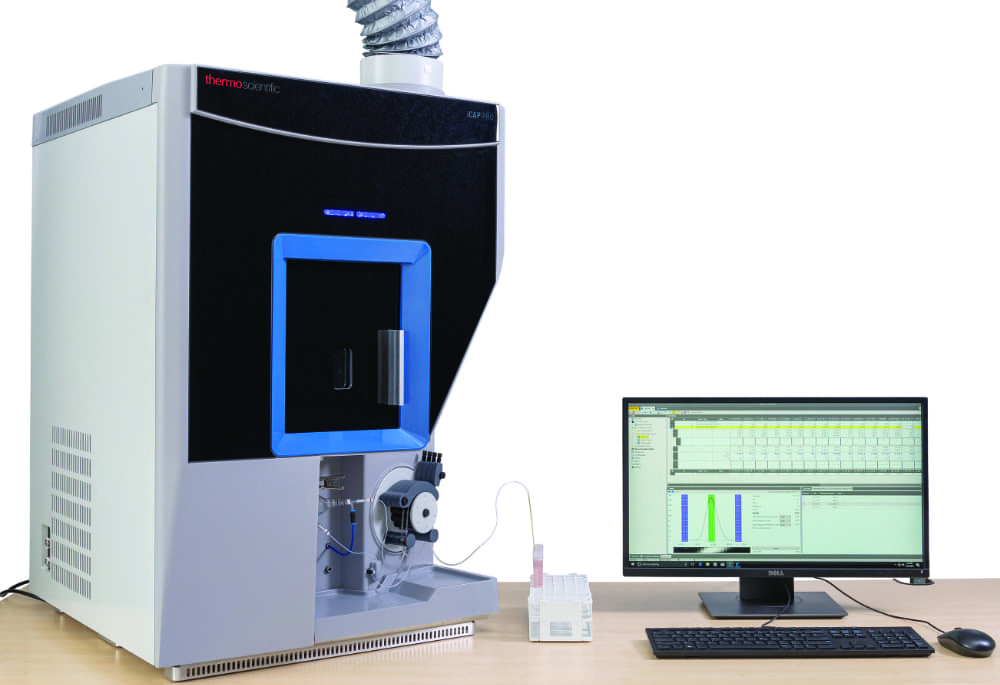Innovative AI-driven approach revolutionizes trace element screening in food matrices
A groundbreaking development in inductively coupled plasma optical emission spectrometry (ICP-OES) is set to transform elemental analysis in food science. This novel technology harnesses the power of artificial intelligence and neural networks to conduct rapid, standard-free screening of food samples for a wide array of regulated and unregulated elements.
The new analytical approach, known as SemiQuant, offers a paradigm shift in method development and optimization for food laboratories. By eliminating the need for traditional calibration solutions, SemiQuant accelerates the analytical process while maintaining high-quality results. This feature is particularly valuable when dealing with complex food matrices where the presence of unexpected elements can pose significant challenges.
Key advantages for food scientists include:
- Comprehensive elemental profiling: SemiQuant enables the rapid identification of major, minor, and trace elements in food samples. This broad-spectrum analysis provides crucial insights into potential sources of contamination, nutritional composition, and even the geographical origin of food products.
- Enhanced sample preparation strategies: The technology allows for the comparative assessment of various sample digestion and extraction techniques. This capability is instrumental in optimizing sample preparation protocols, ensuring more accurate quantitative analysis downstream.
- Proactive interference management: By detecting elements that may cause spectral interferences on analytically important wavelengths, food scientists can preemptively address these challenges, leading to more robust quantitative methods.
- Iterative method performance evaluation: SemiQuant facilitates an initial assessment of method performance, allowing for rapid adjustments and refinements. This iterative approach contributes to the development of more reliable and fit-for-purpose analytical methods.
The integration of SemiQuant into food testing workflows promises to streamline the often time-consuming process of method development. Moreover, it equips laboratories with a powerful tool for preliminary investigations into emerging food safety concerns, such as the presence of unregulated contaminants or adulterants.
As regulatory landscapes evolve and consumer awareness grows, this AI-driven elemental screening technology stands poised to become an indispensable asset in ensuring the safety and quality of our global food supply. Food scientists are encouraged to explore the potential of this innovative approach in their respective research and quality control endeavours.
- For more information, visit: https://www.thermofisher.com/ICP-OES



